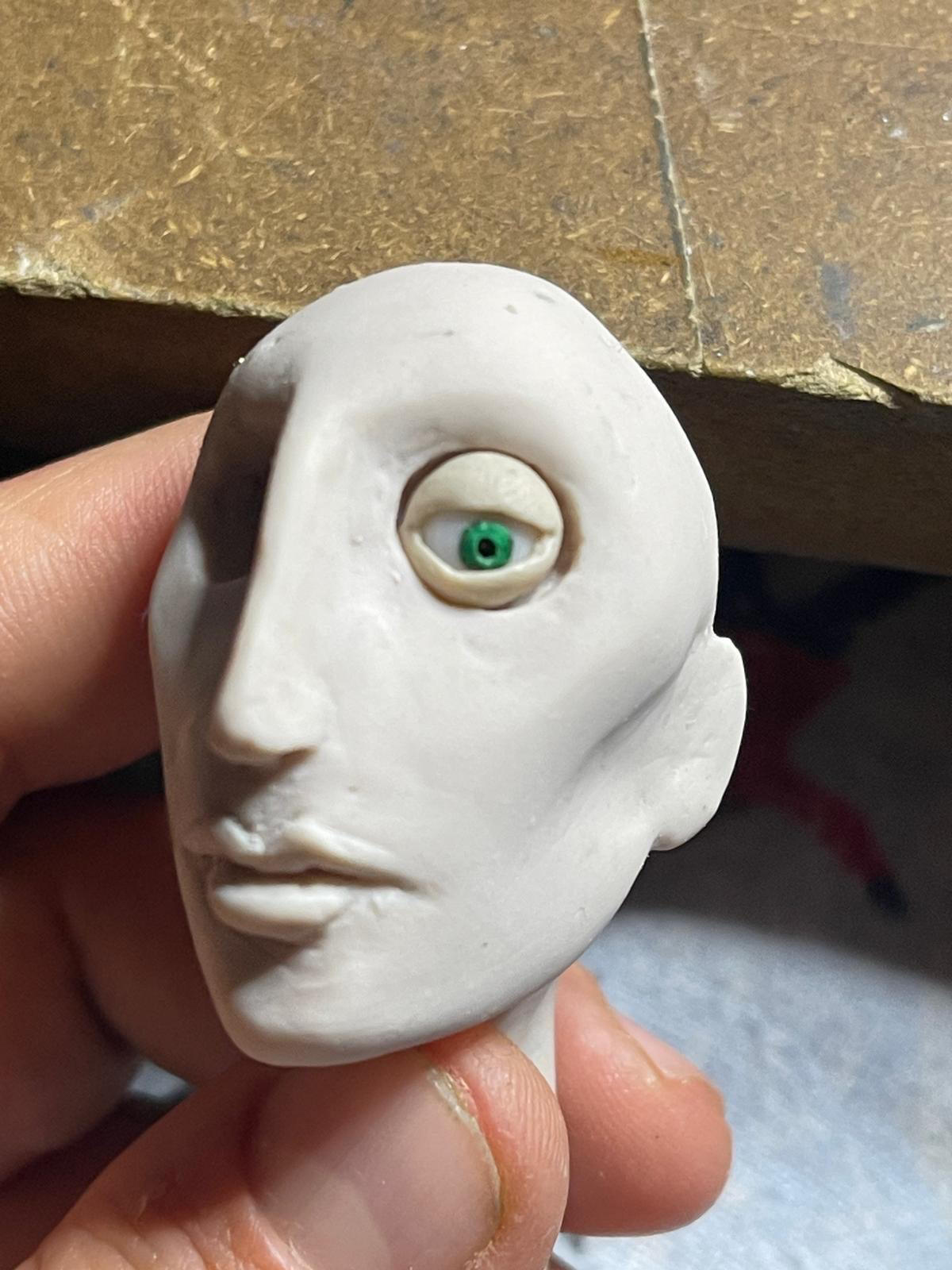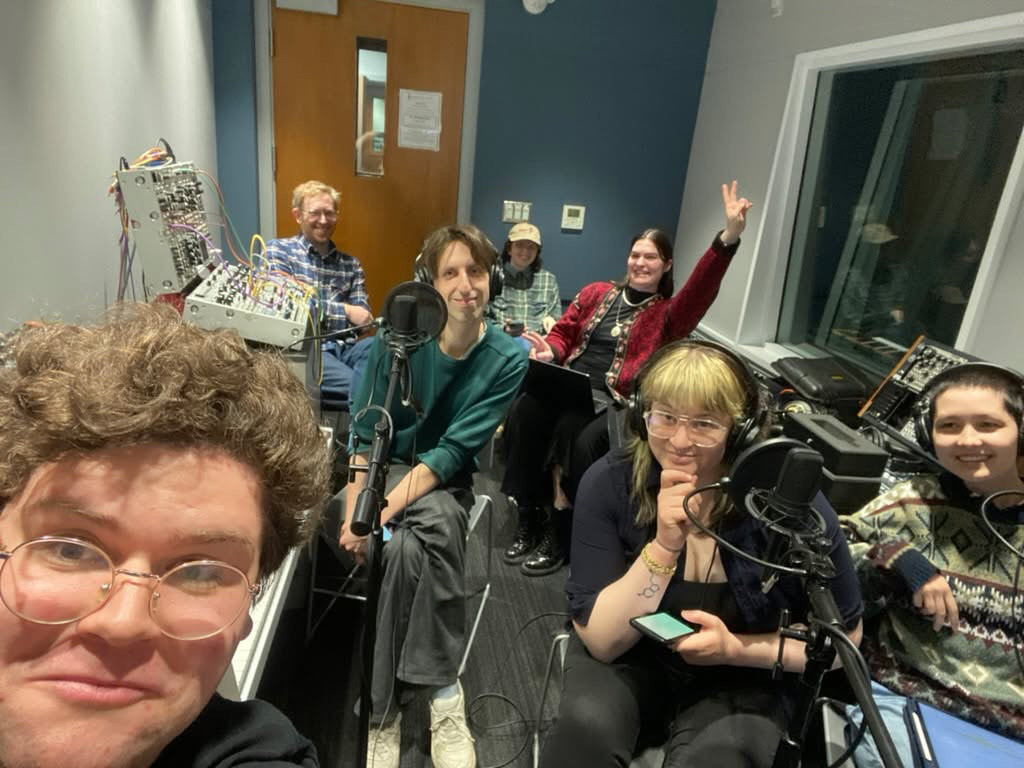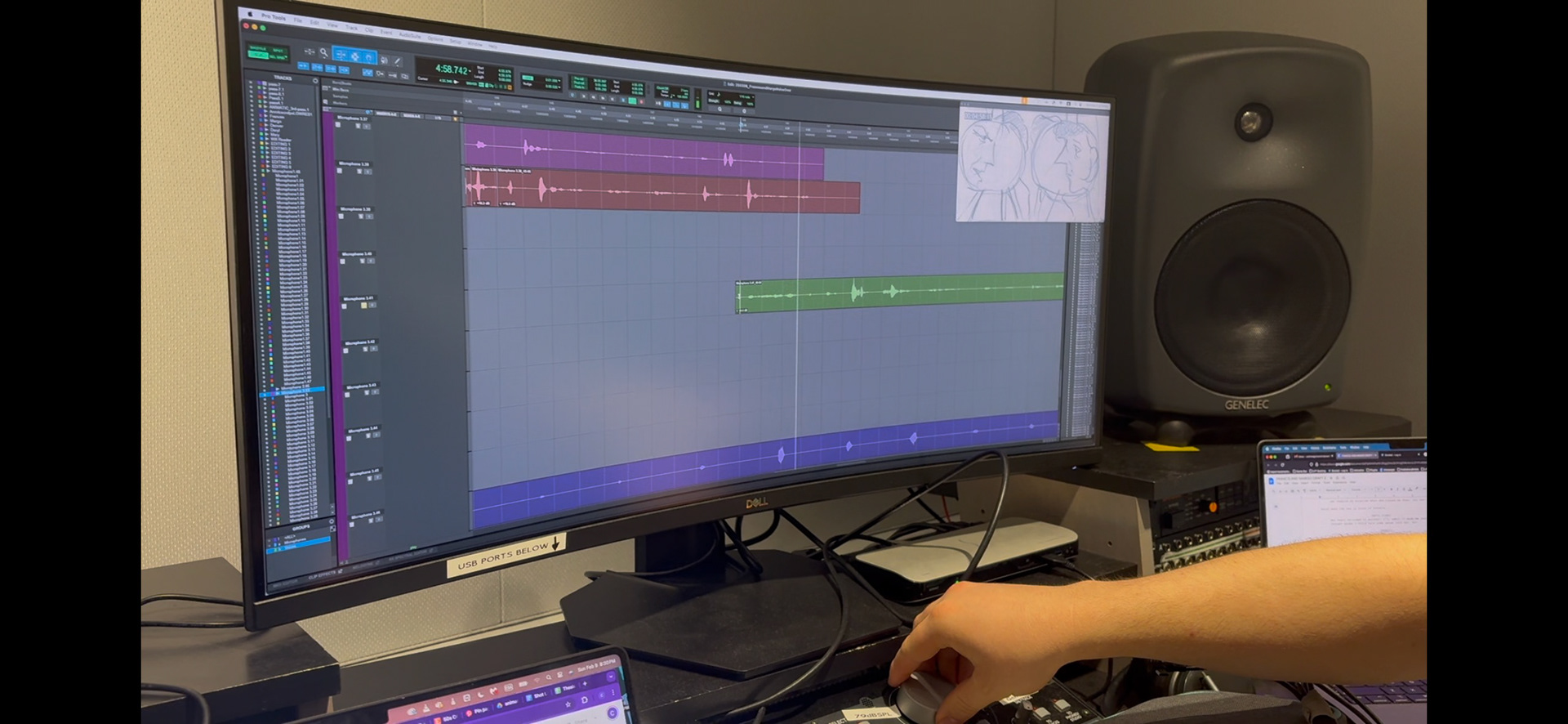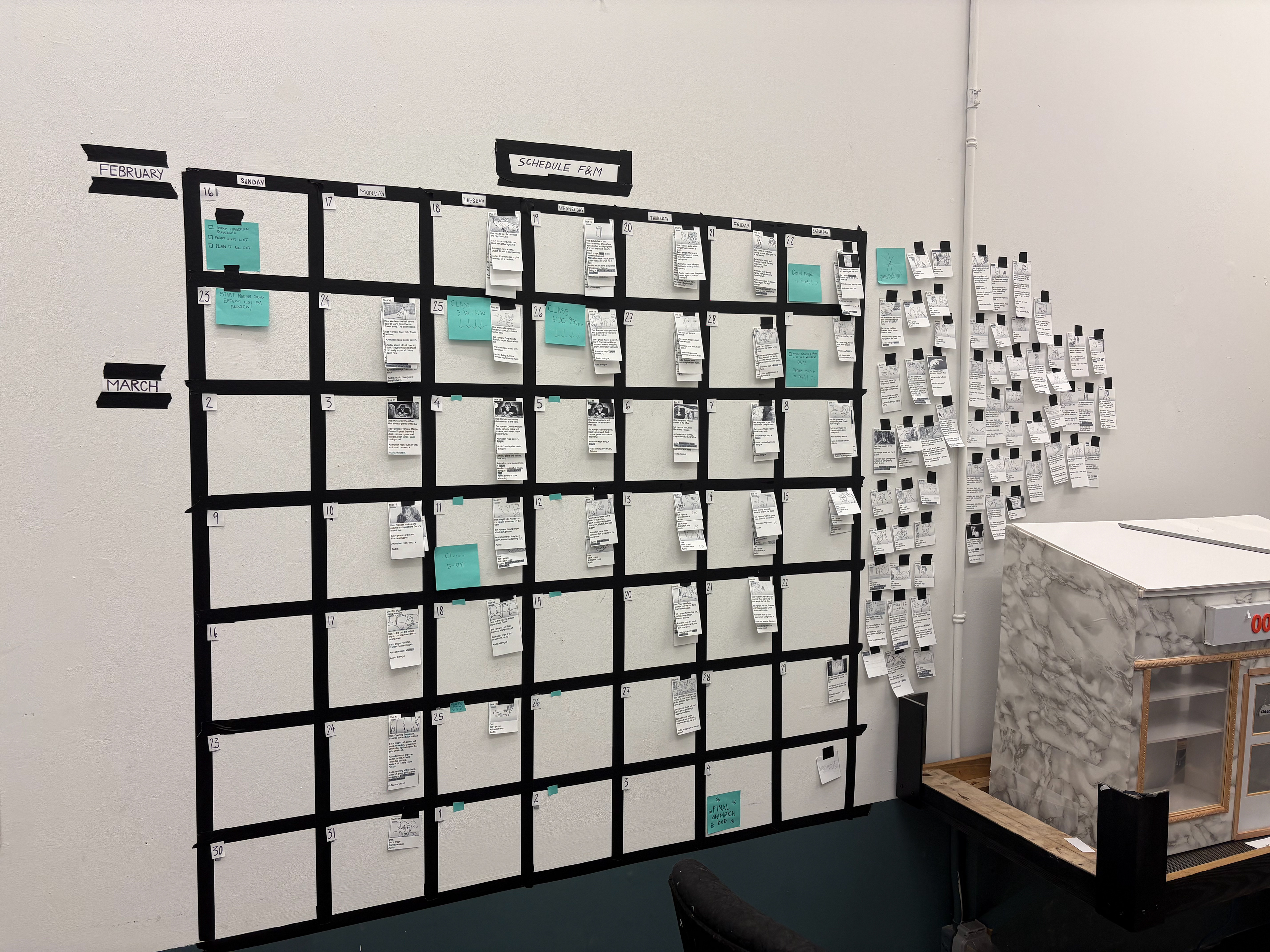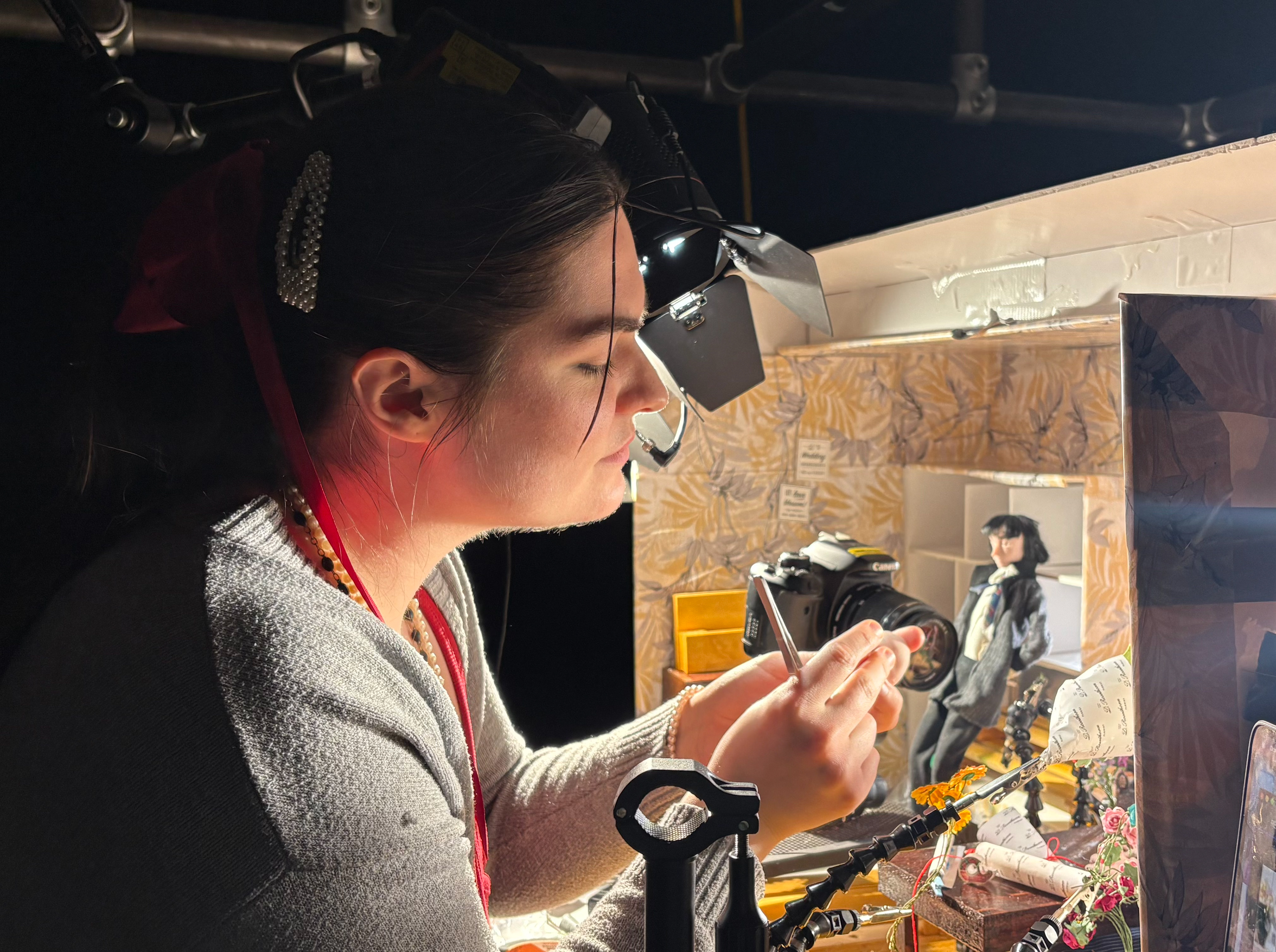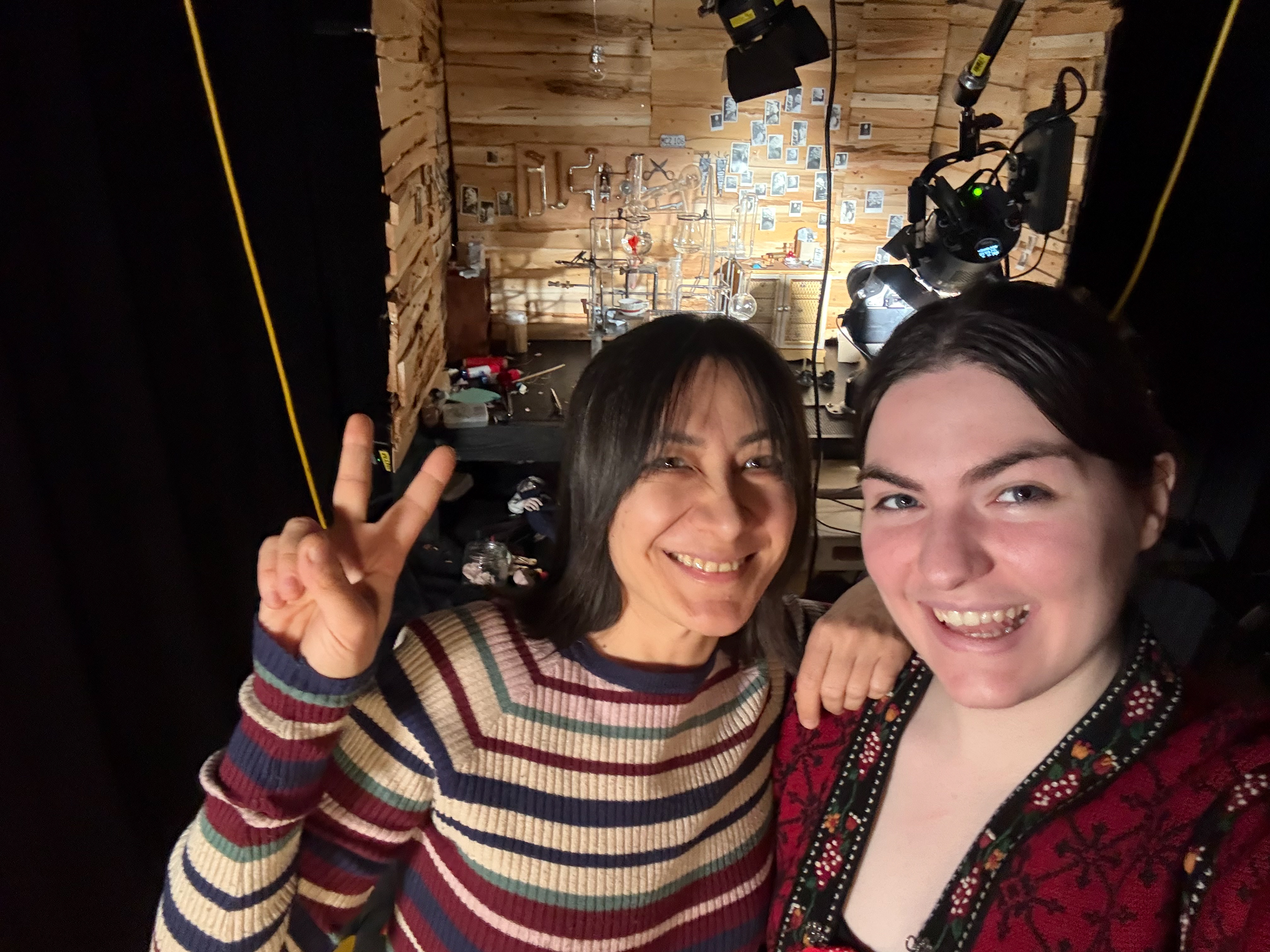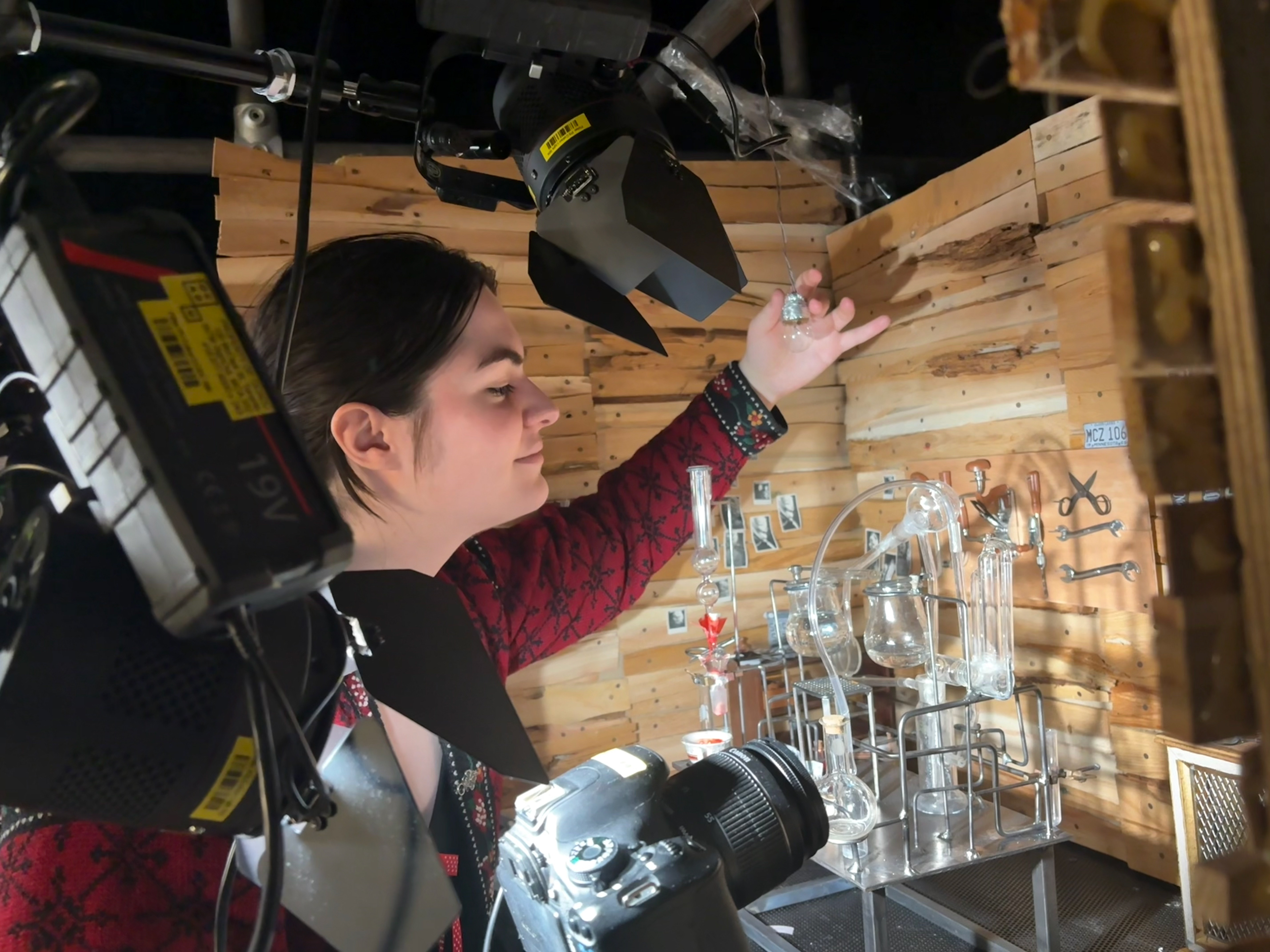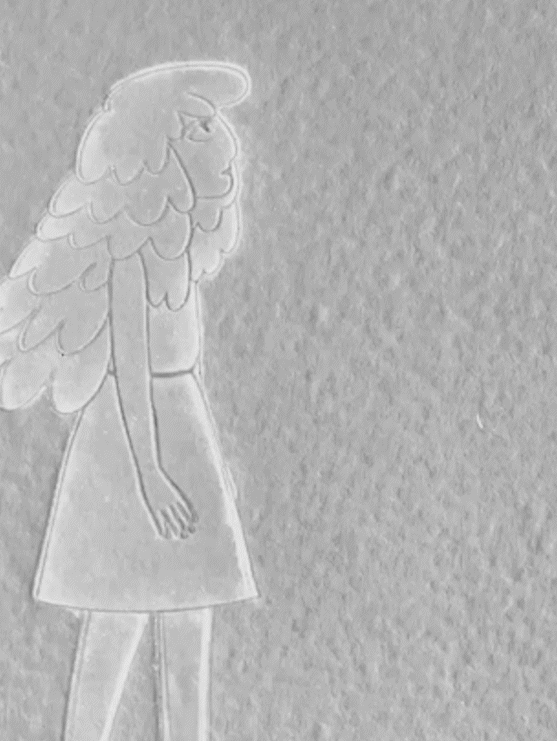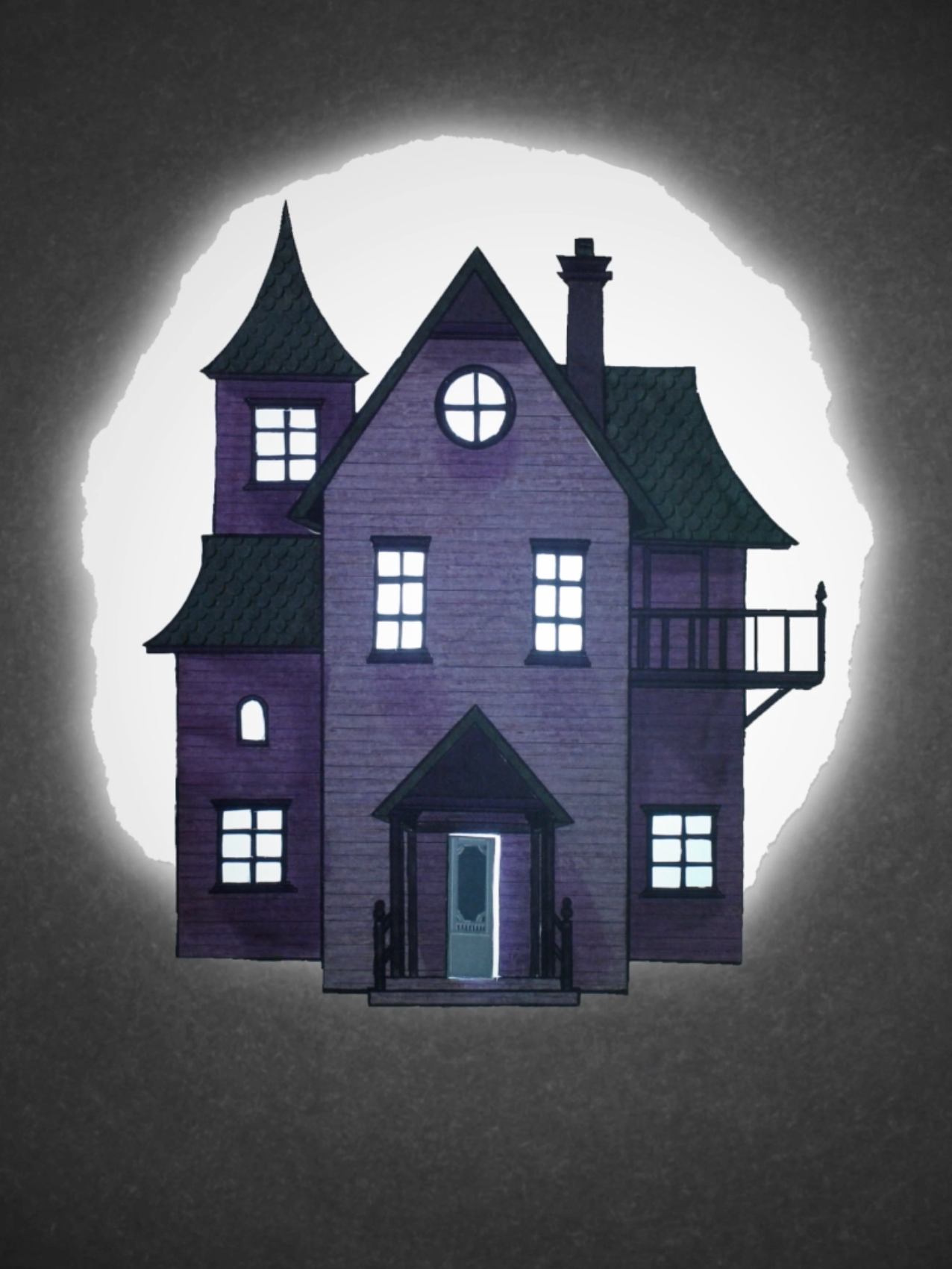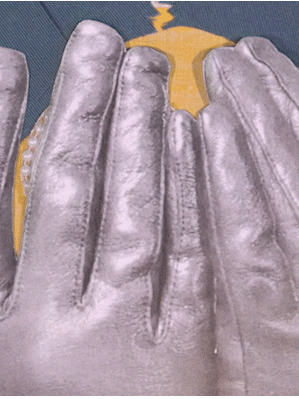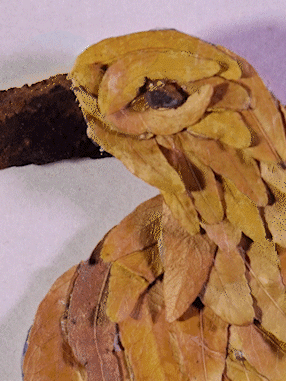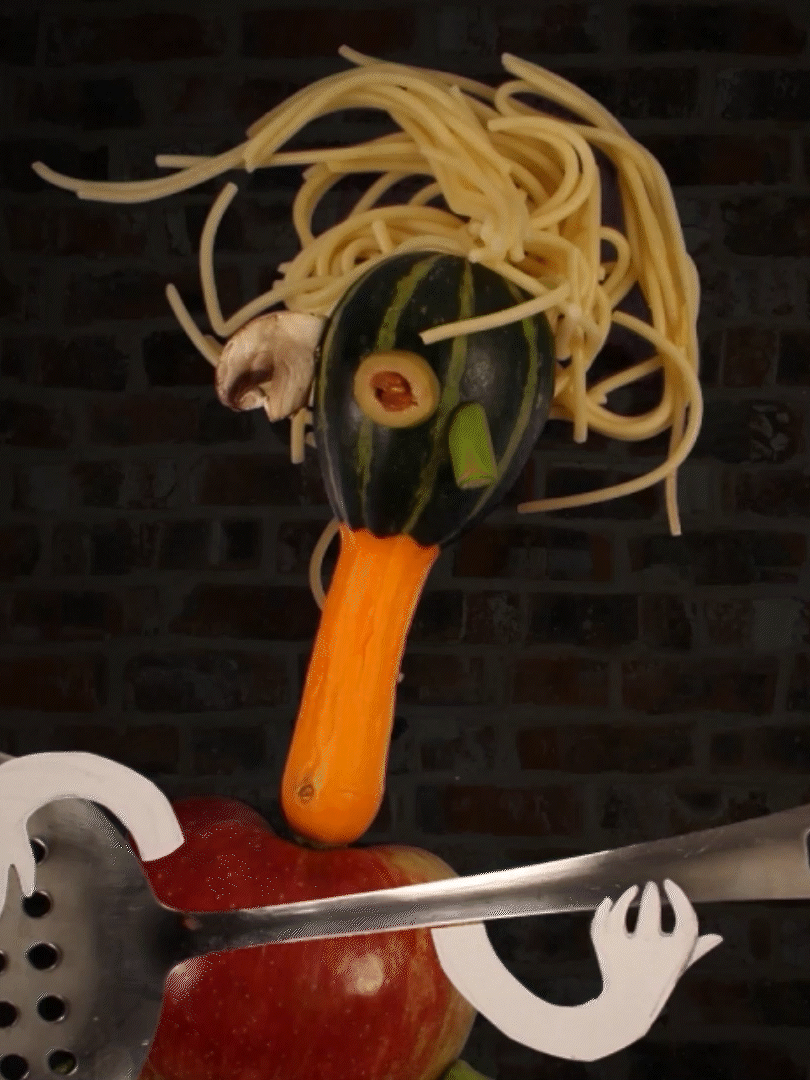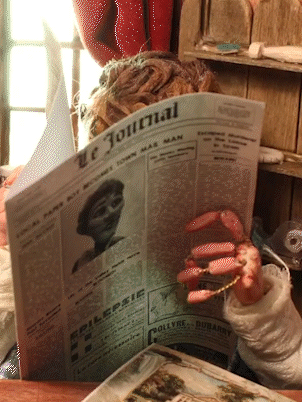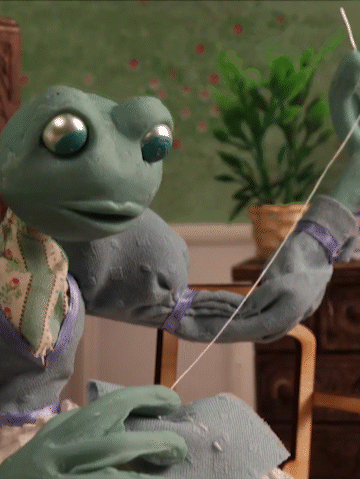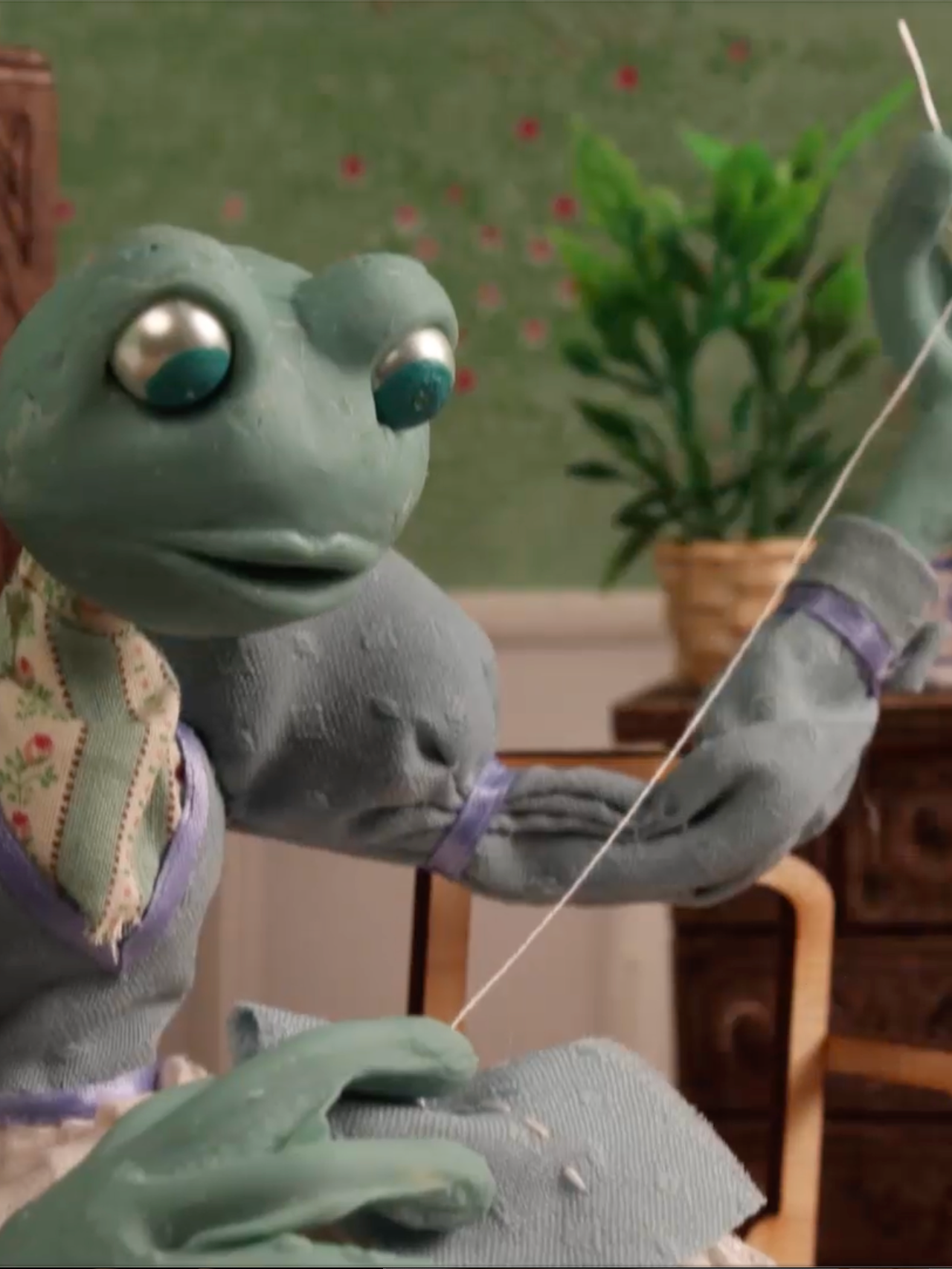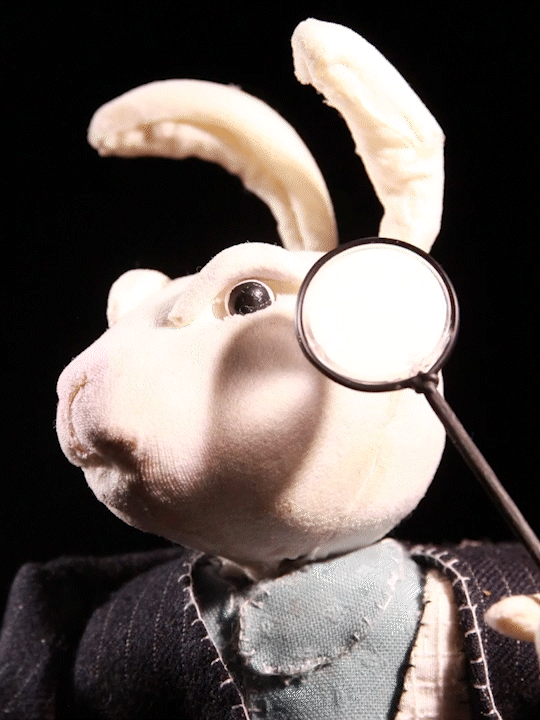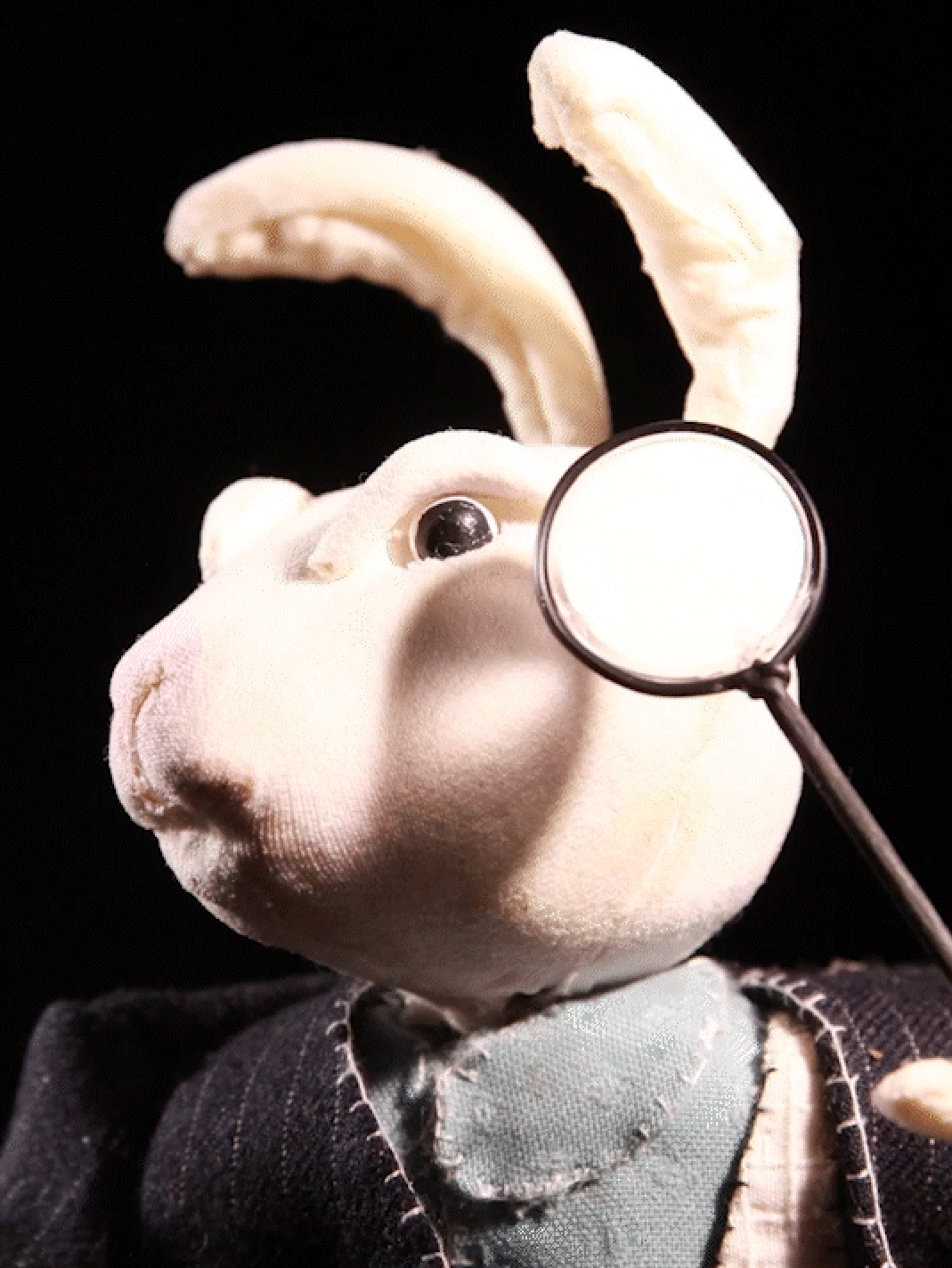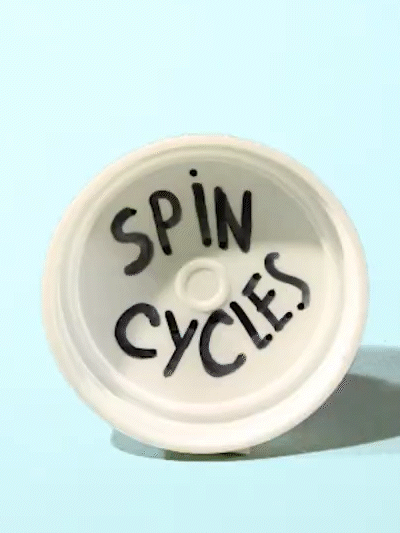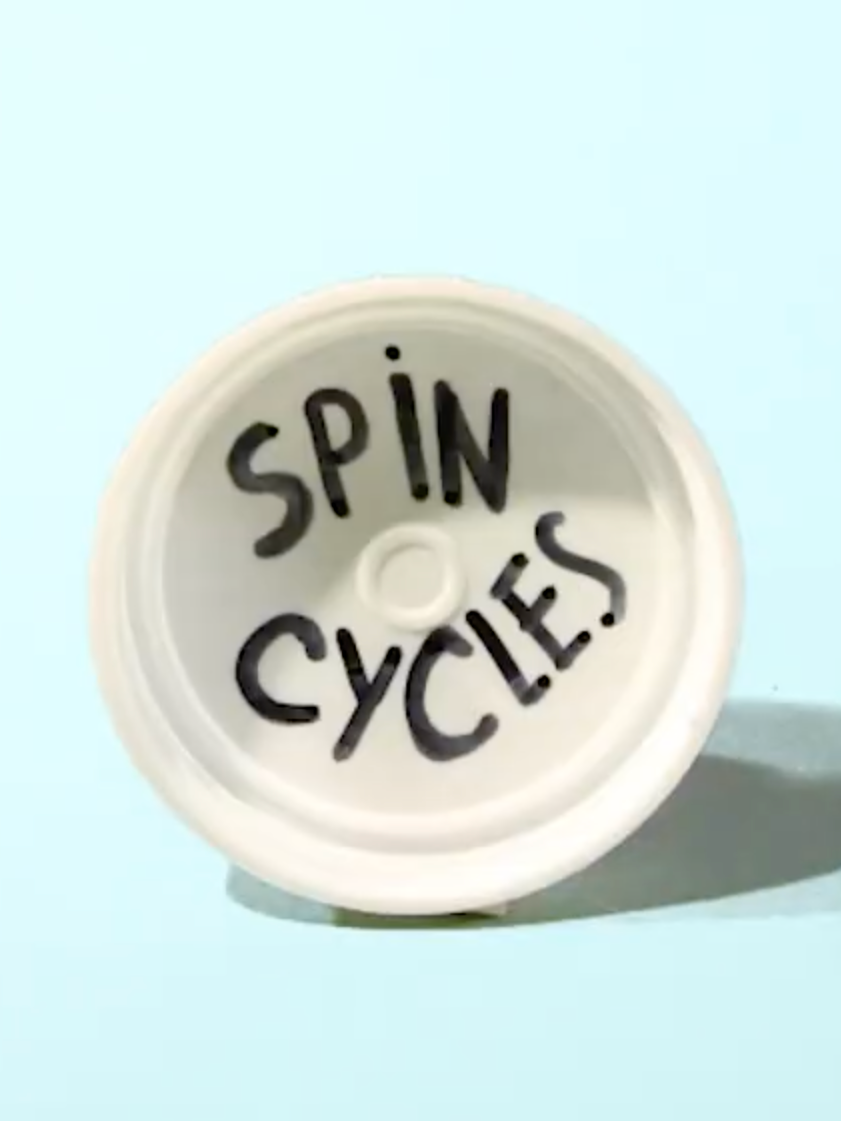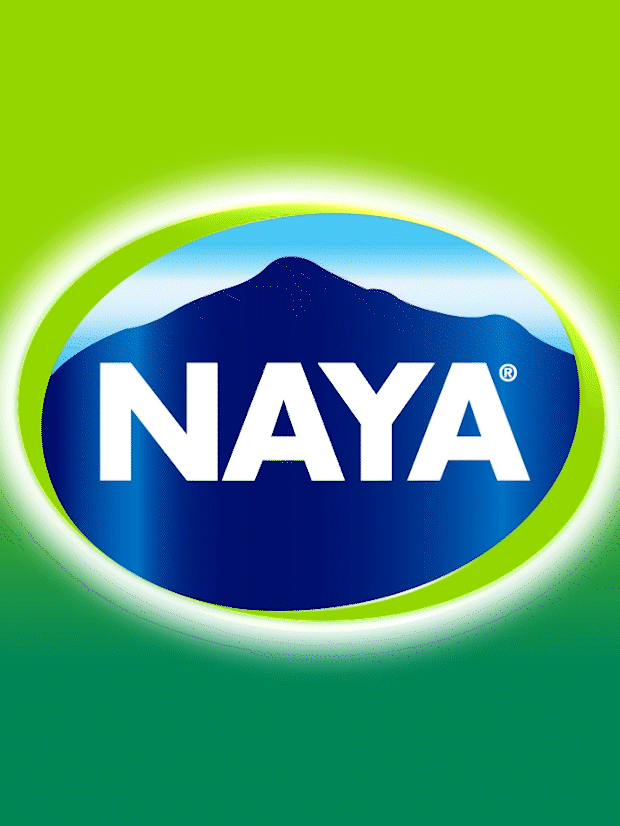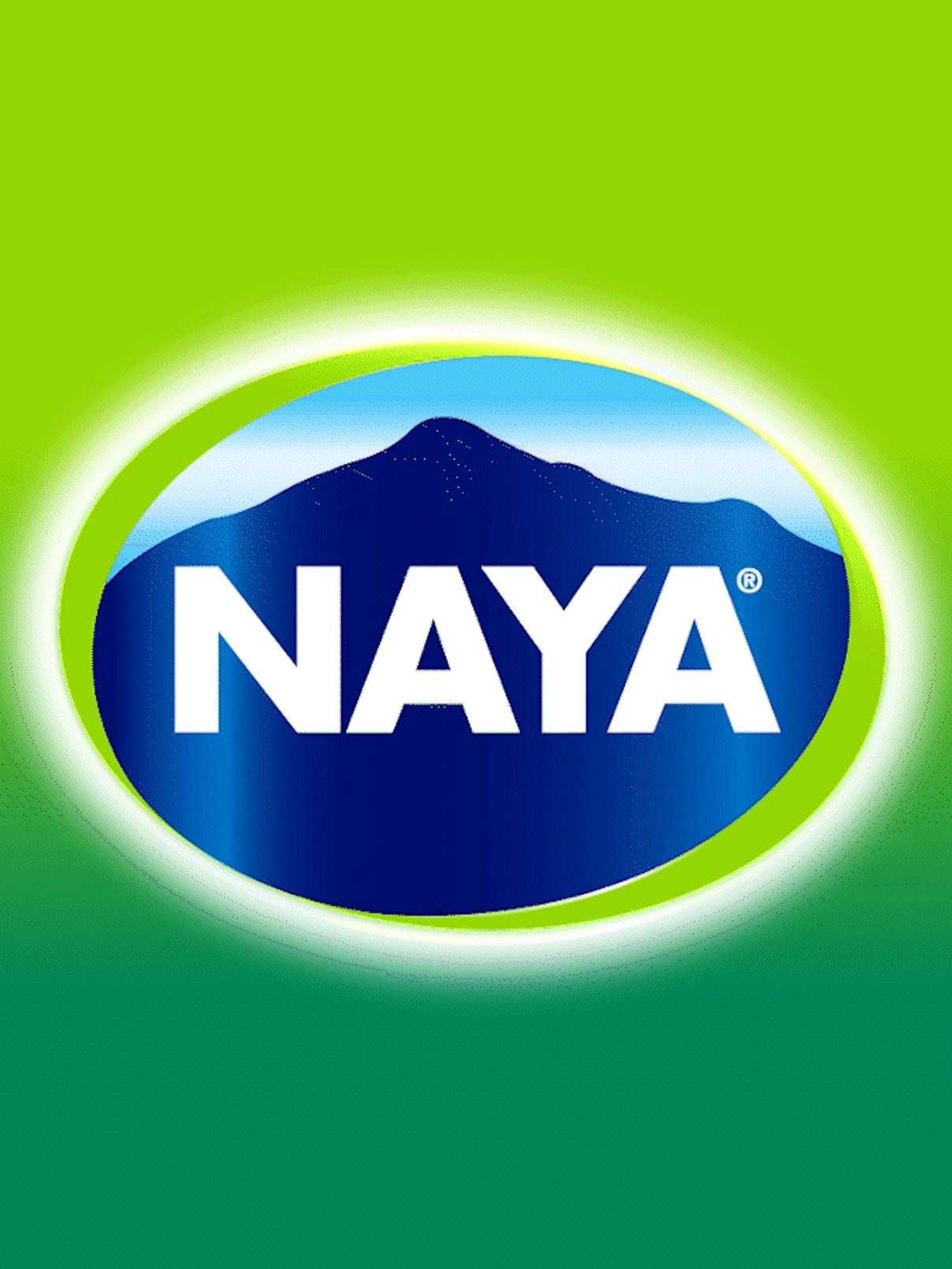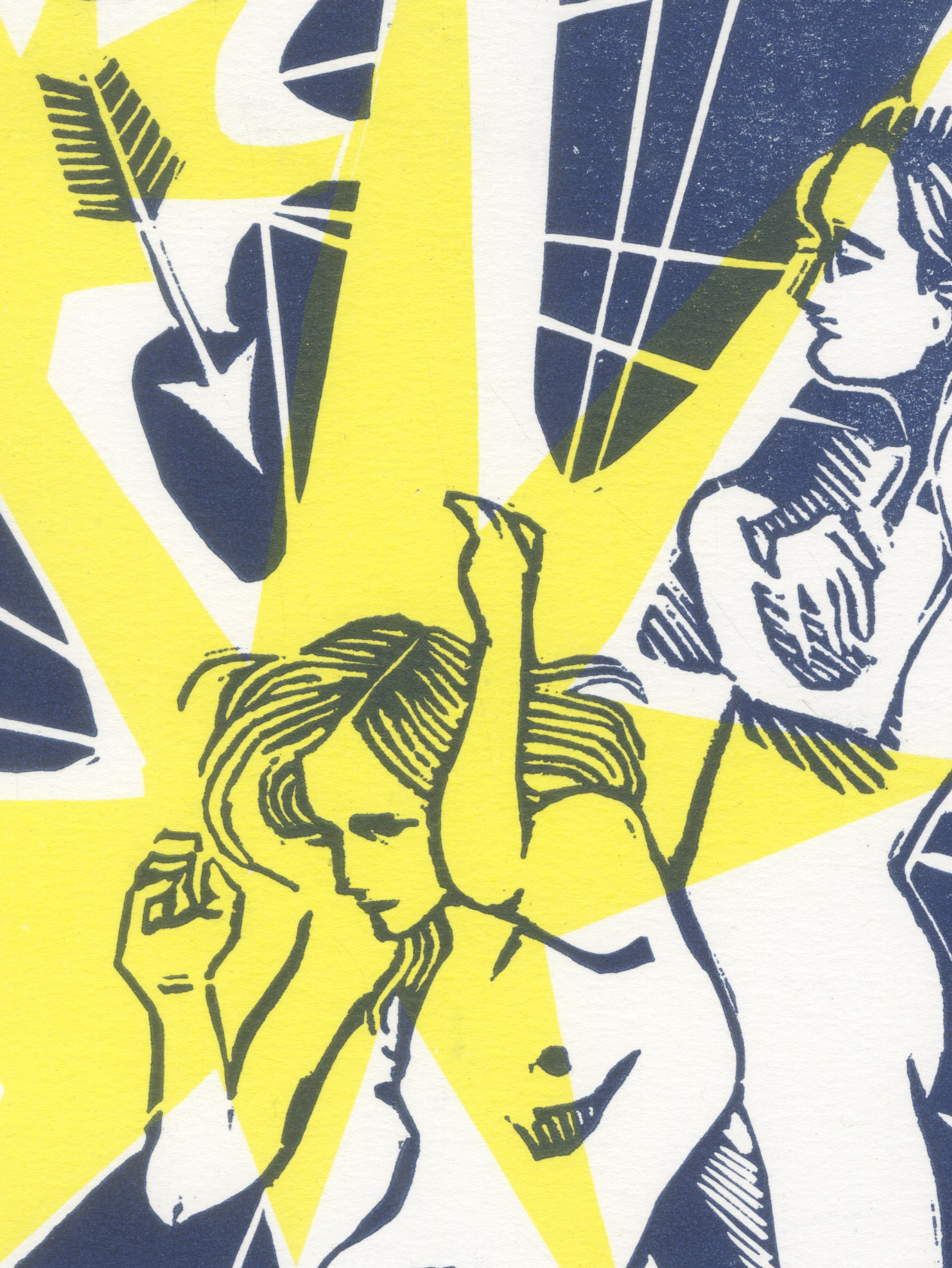Sizzle reel
Created by Charlotte Rose Lavoie-Auspert and Derya Ozparlak.
Won the Jury's first place at the Grad Ex 110 Gala Screening
Won first place Audience Award at the Carlton Cinema Experimental Animation Festival
Awarded the Bluma Appel Award
“Frances and Margo” follows the story of Detective Frances, who must return home and begrudgingly team up with her estranged sister Margo. Together, they are tasked to fulfill their late mother’s final wish: return a poetry book to their mother’s secret lover. In their quest to find the mysterious stranger, they discover their hometown’s unimaginable secret…
The title “Frances and Margo” highlights the contrasting nature of these two central characters and symbolizes the multifaced nature of womanhood. Through their different experiences, the animation reflects how societal expectations shape female roles and how these roles often clash with personal freedom. The narrative is interwoven with themes of queer identity, feminism, self-determination, sacrificing, family bond and dynamics, and critique of social norms. Frances works with an enthusiasm and determination in the male-dominated world of detective work, persisting even when she is unnoticed and undervalued. On the contrary, Margo adopts a femme fatale persona in an effort to gain societal approval. Their mother’s past, however, offers a powerful contrast - she is portrayed as a woman who chooses to embrace her queer identity instead of suppressing it. This quiet but profound act of resistance is passed on to Frances and Margo through the will, serving as a legacy of self-acceptance.
The animation positions their personal stories within a broader political context of the 1950s, presenting the complexity of family relationships through the film noir genre. Visually, the film combines stop-motion animation with an experimental aesthetic, creating a unique and creative visual language. The high contrast black and white cinematography is essential to the animation’s mood and narrative style, punctuated by striking red coloured elements adding to the tension and visual intensity. The animation is created using frame-by-frame in Dragonframe software, with Arduino motorized camera movements. The film uses stop motion, an unconventional animation practice, to tell the character’s unconventional stories.
The animation’s stylistic foundation is deeply rooted in the cinema style of the 1950s. Everything from costume design and hairstyles to car models, typography choices, interior/exterior sets, and architectural details are authentically recreated and reinterpreted through modern techniques. Although the animation carries a melancholic and serious tone, it also features moments of warmth and humour through the sister’s sincere interactions. The lighting, shadow play, composition, and dialogue style pay homage to the noir aesthetics of the era. Techniques from 1950s cinema were adapted with today’s technology, serving as a respectful nod to classic 1950s filmmaking traditions. The animation aims to leave lasting impression: both visually and intellectually, by addressing topics of gender roles, patriarchal structures and queer resistance. It weaves passionate storytelling with an experimental style offering a powerful narrative that resonates across multiple layers of tension.
Grad Ex 2025
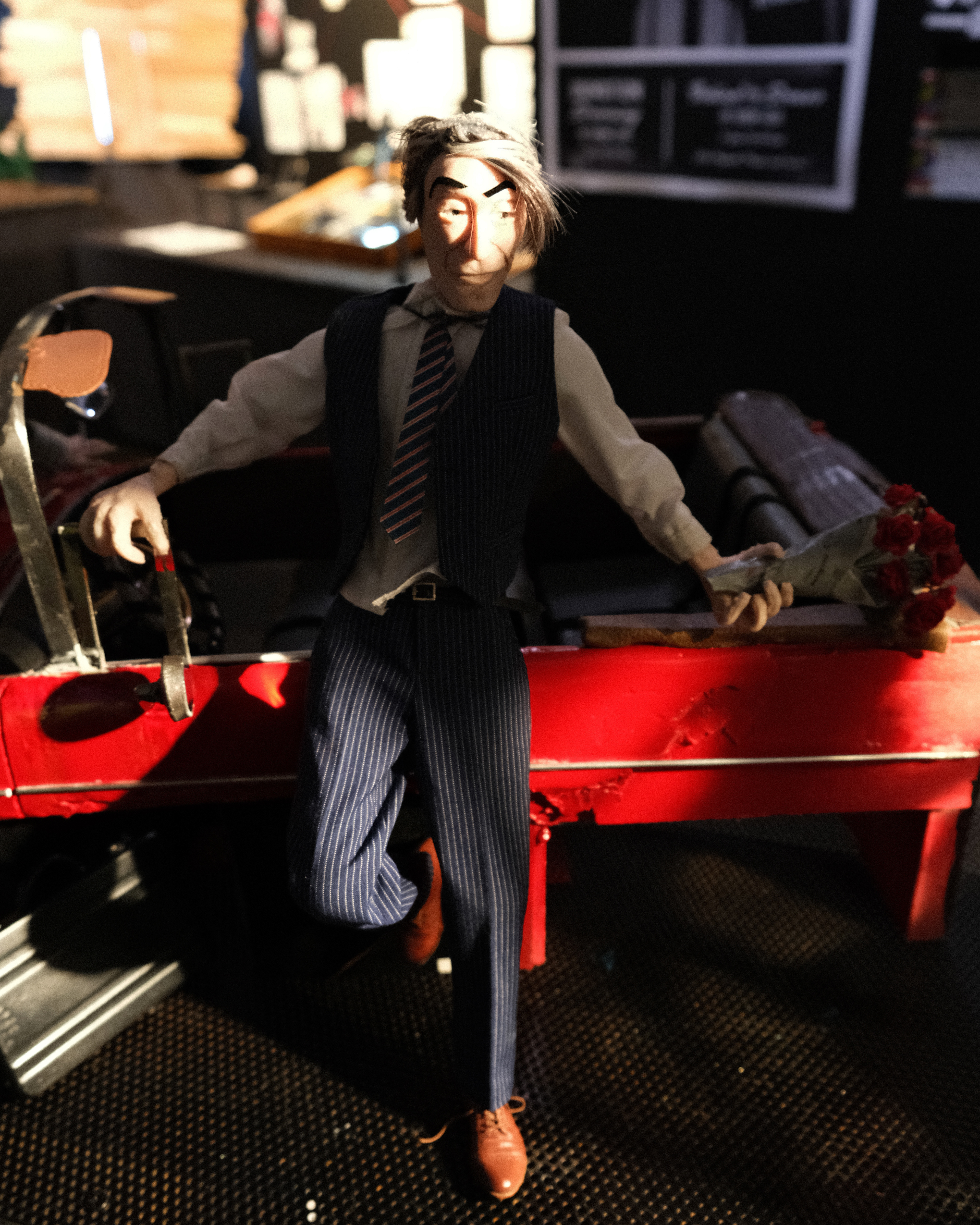


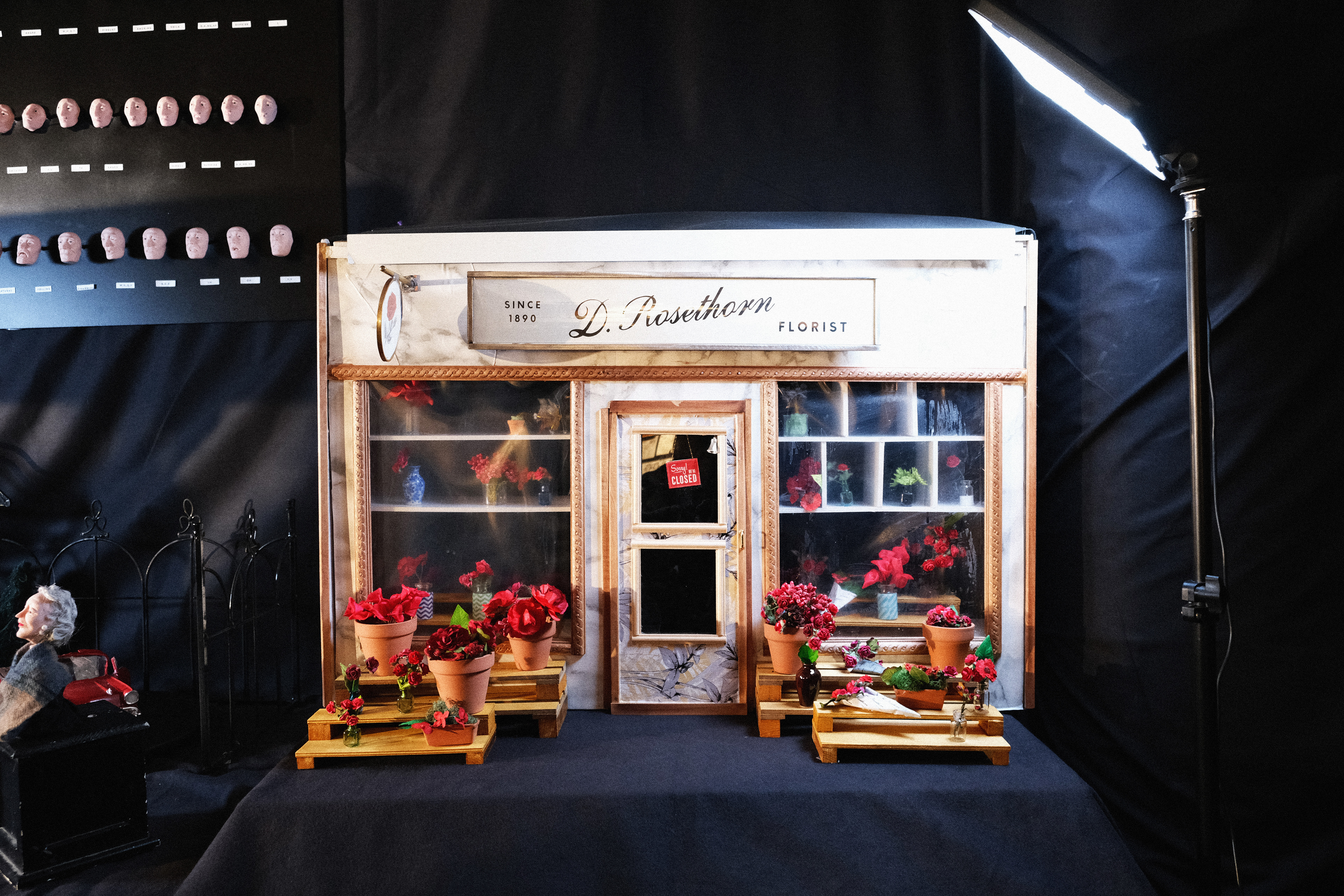
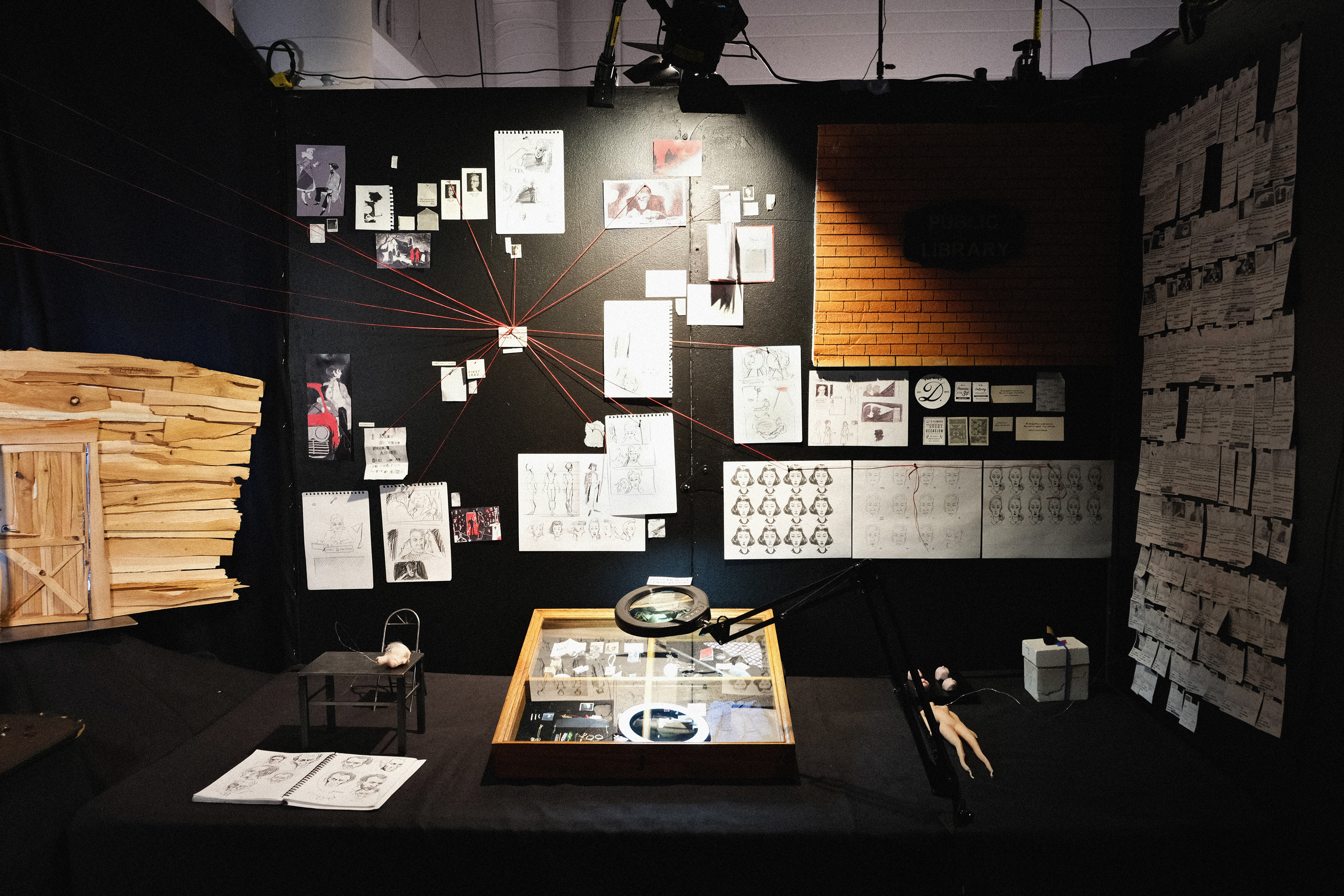
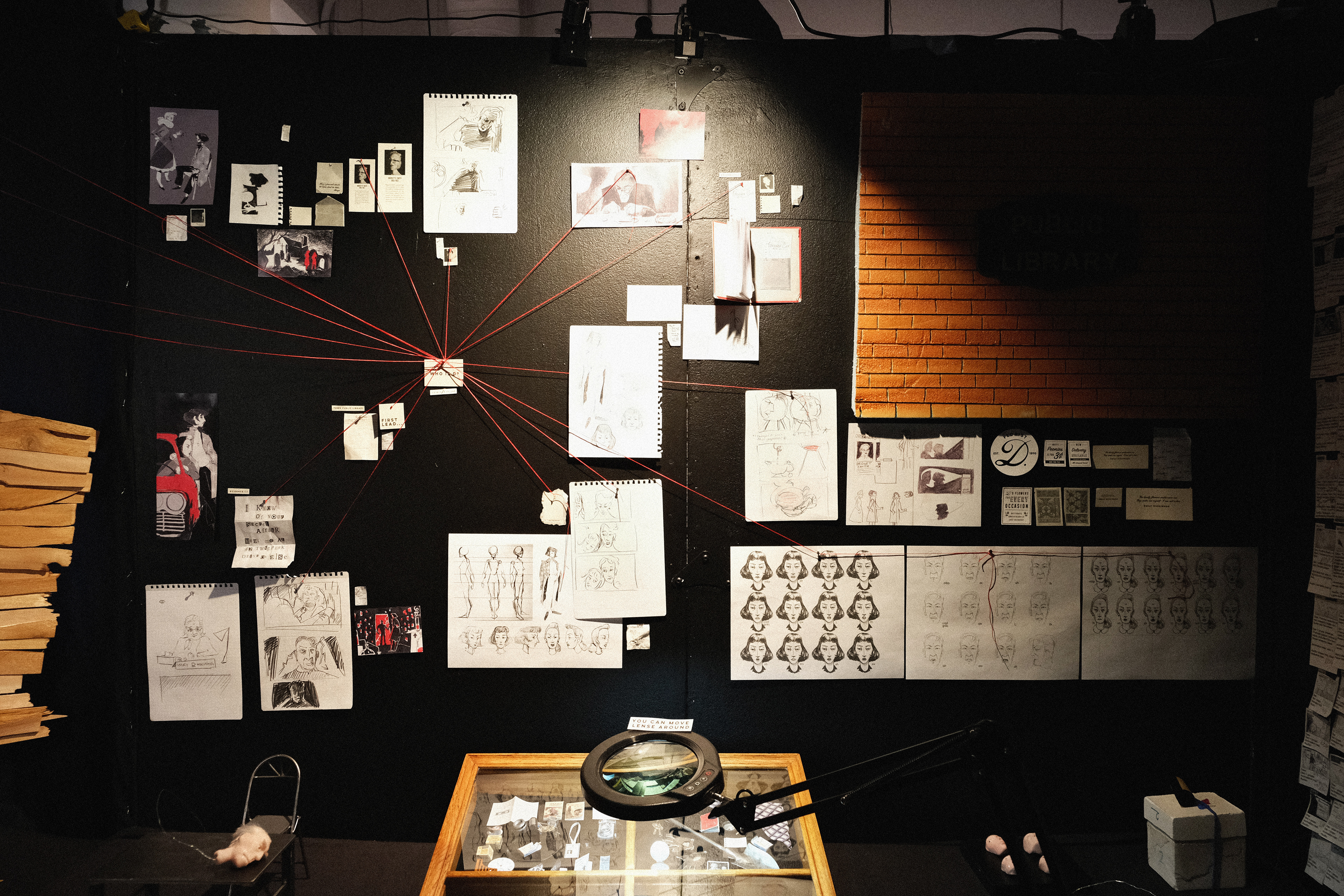
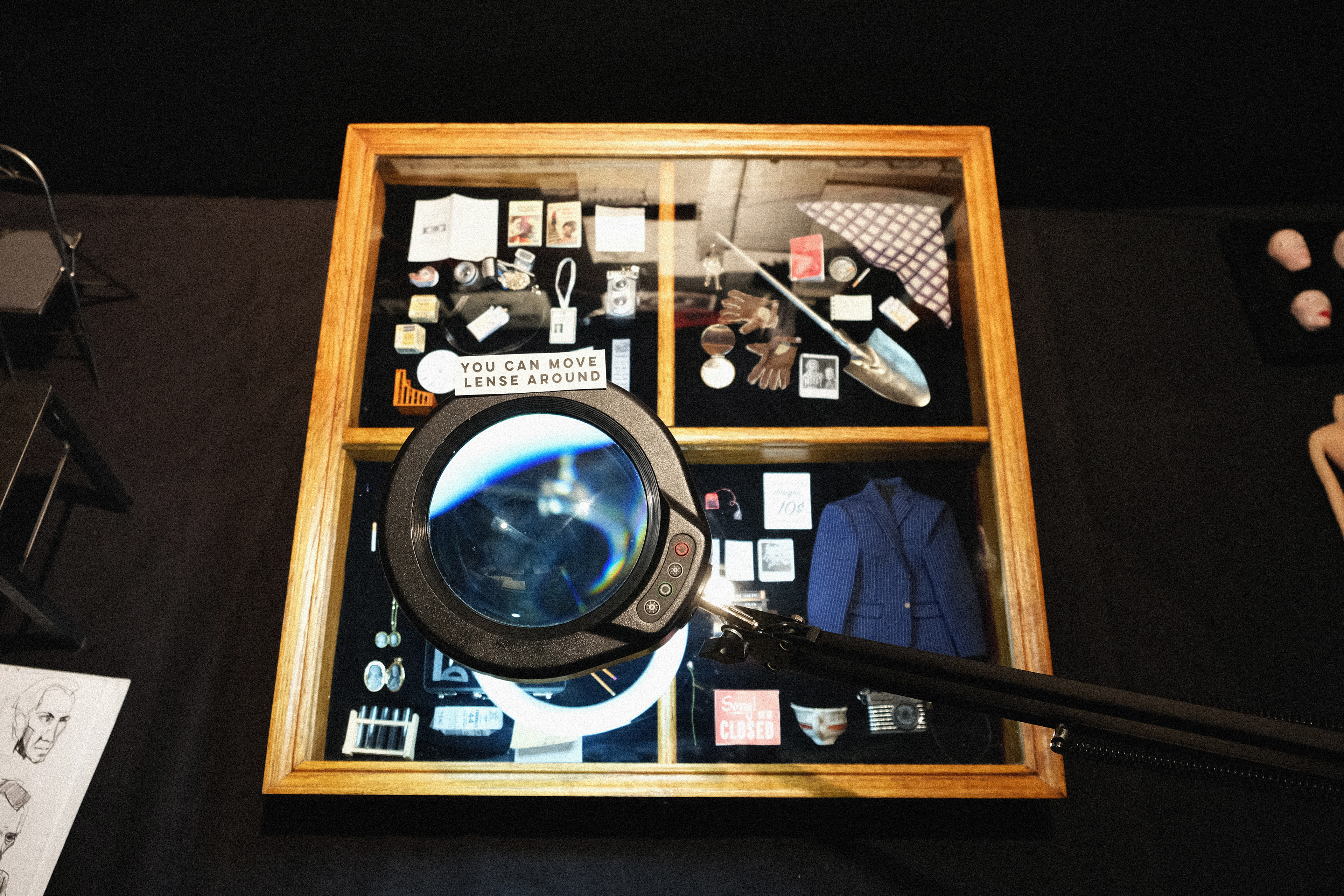

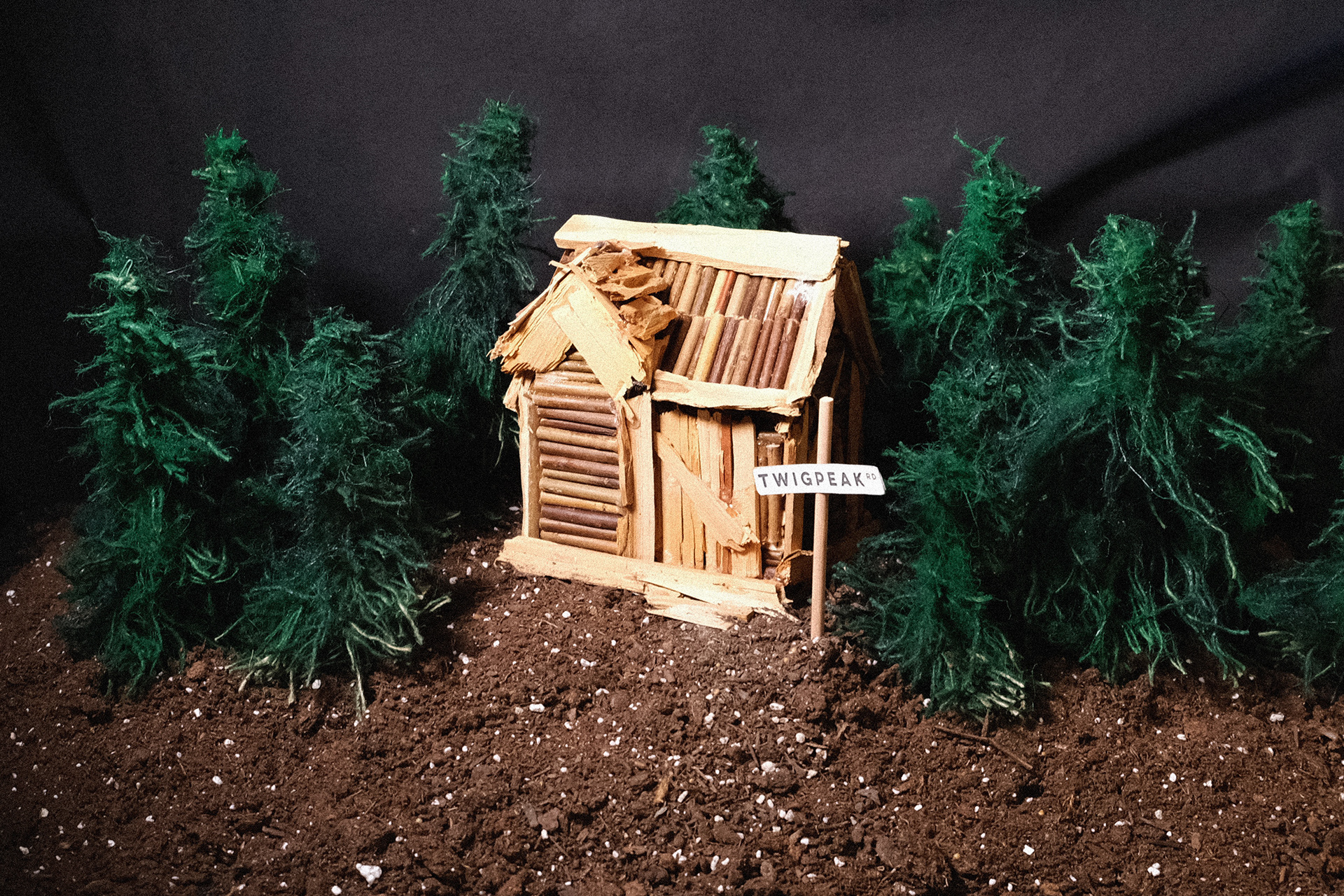
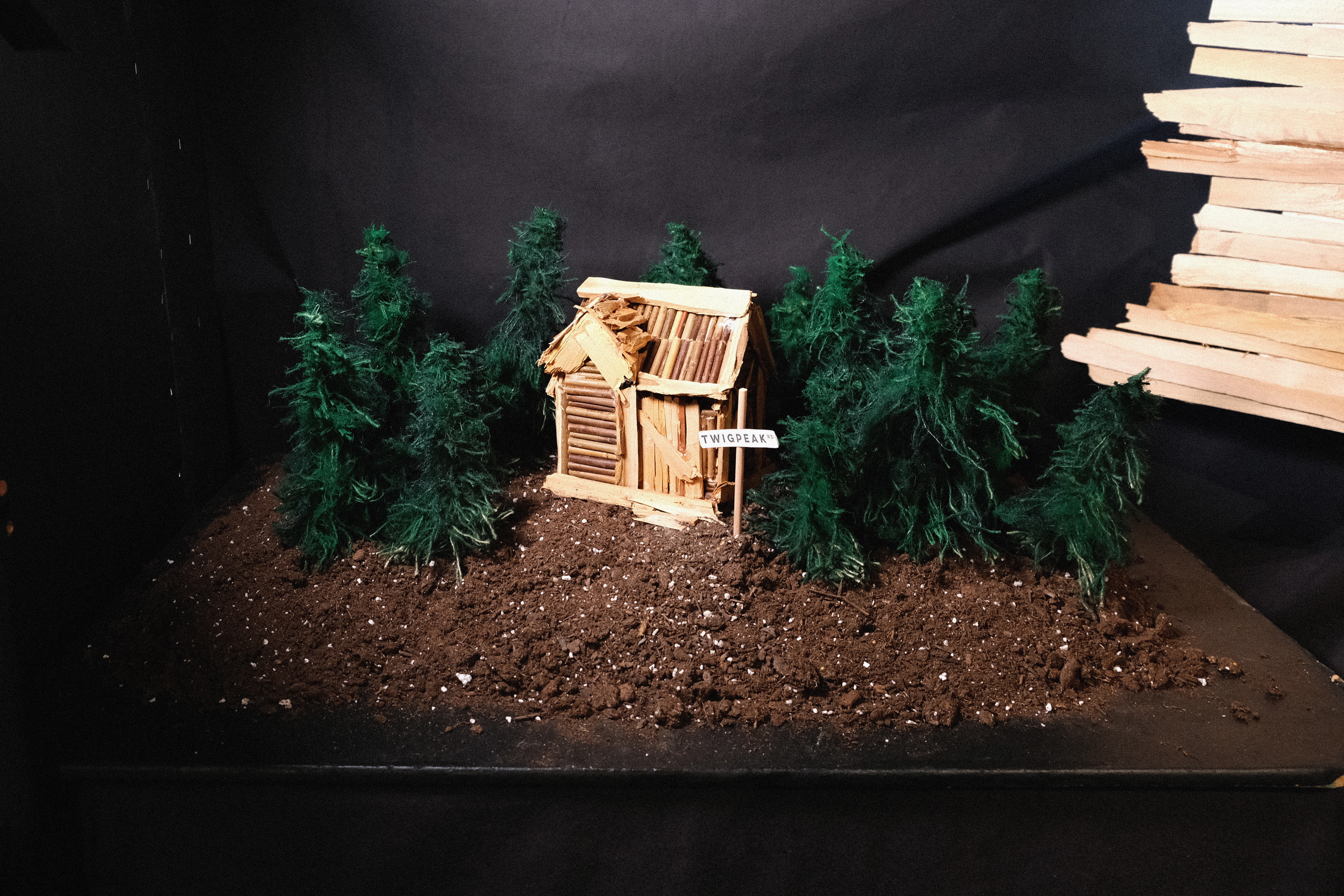
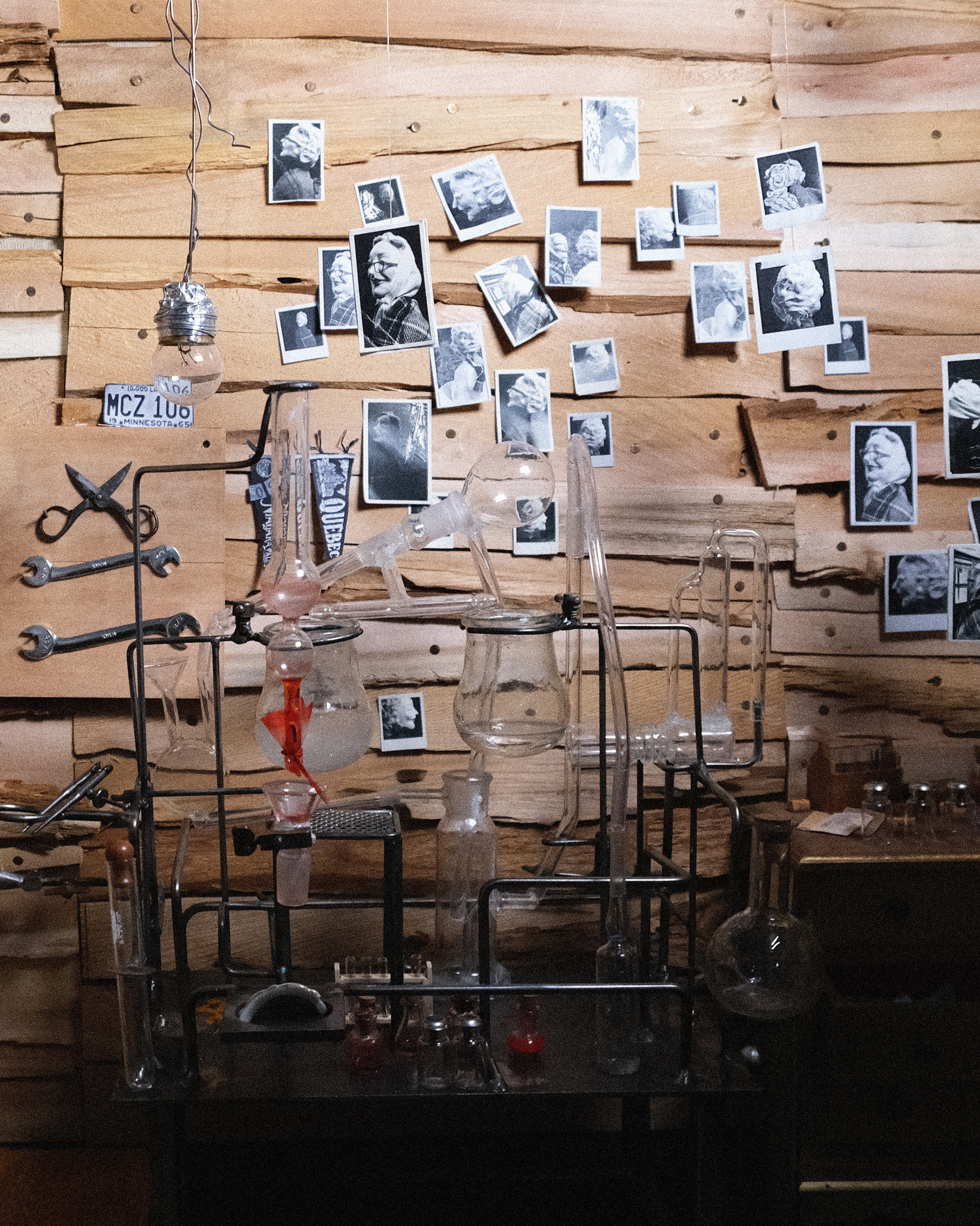
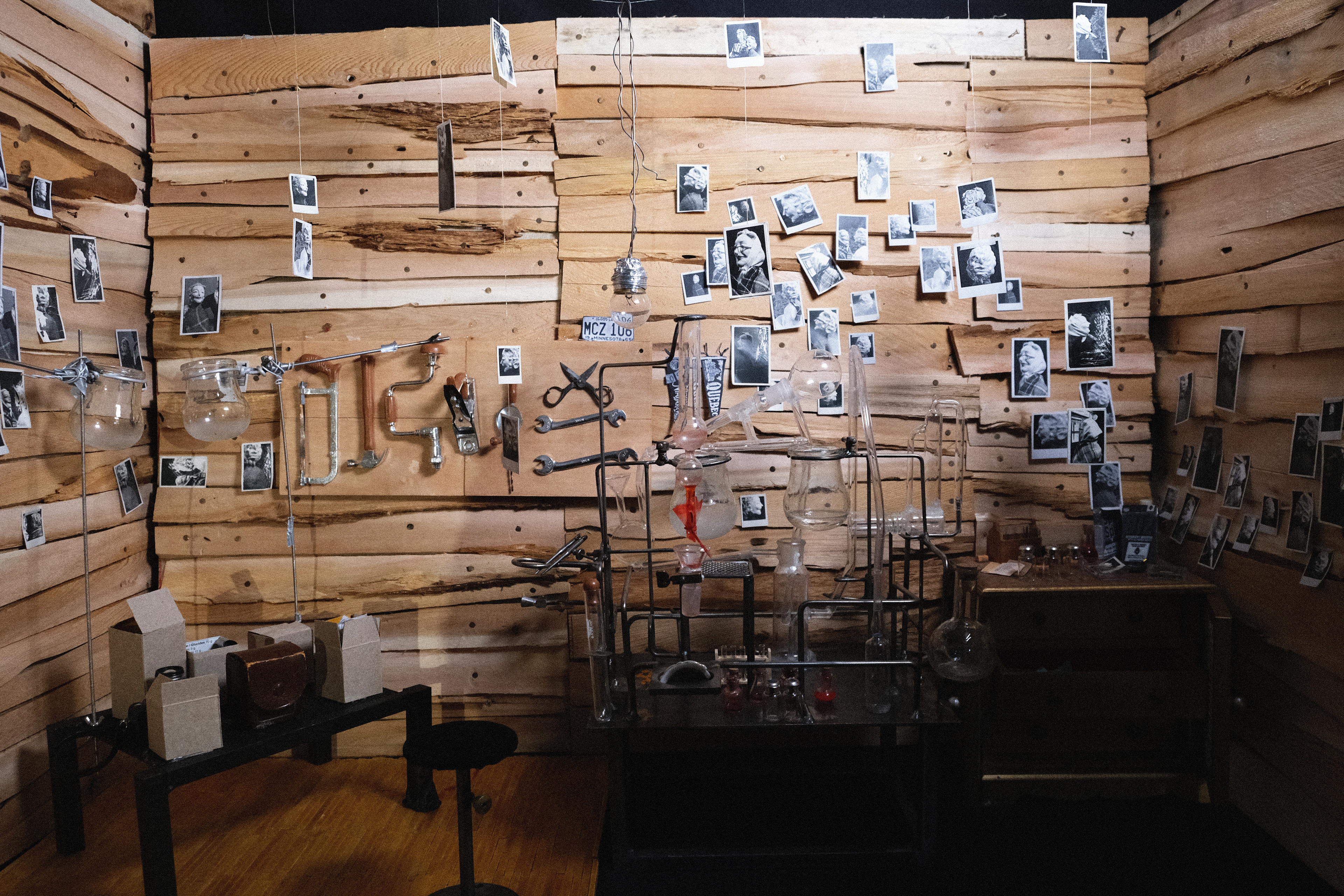
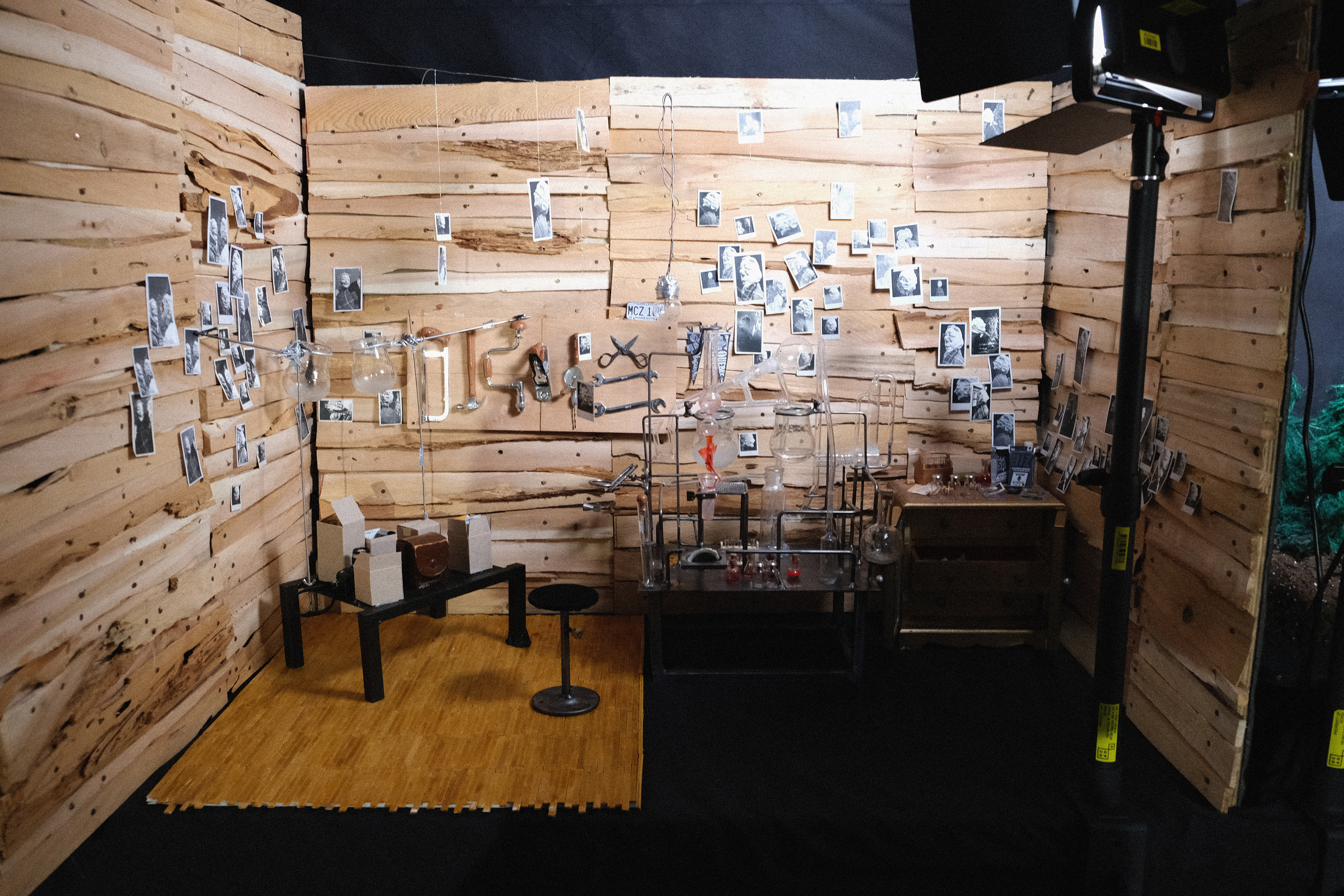

The Making Of
